Access control terminal
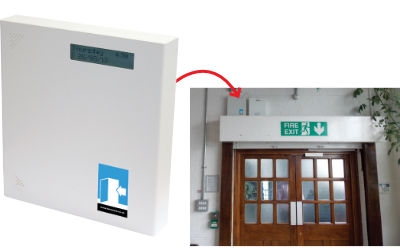
The single door controller is usually mounted above the door or behind a false ceiling and act as the ‘brains’, refusing entry or allowing staff to enter based on rules sent from the timeware® software. The access terminal stores all transactions locally, passing data periodically back to the software.
Readers
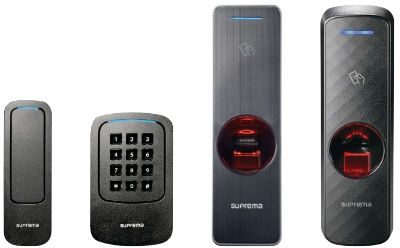
The Suprema range of biometric, proximity and keypad readers have been integrated with the timeware® software and are now our recommended preference for all indoor and outdoor access projects.
Featuring IP67 and IK08 options, Suprema devices are now considered the fastest and most accurate bio technology on the market to date.
Press to exit and emergency break glass
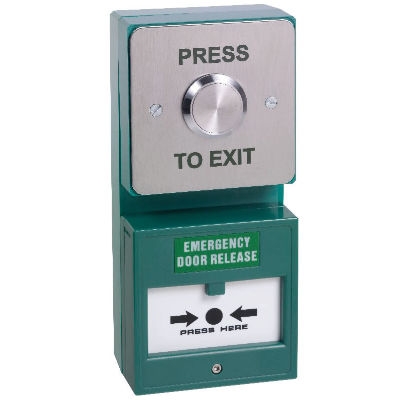
The press to exit (or PTE) device enables an employee to open the door from the inside. Some companies install readers on both sides of the door, but when not required, a PTE is installed instead. Beneath the PTE is the emergency break glass which is a pre-requisite in all access controlled doors. The break glass enables an employee to open the door (from the inside) in the event of the failure of the PTE.
Locking mechanism
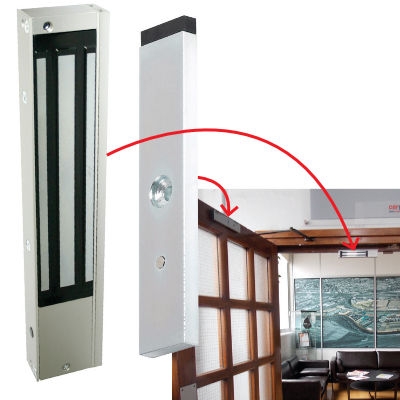
timeware® access control can connect to many different types of door locks. The most popular type is a mag-lock which is normally install above the door, connected to the door frame. Other types of locks are called electric strikes, electric mortise and cylindrical locks. timeware® can support both fail safe and fail secure locking devices.
Intercom
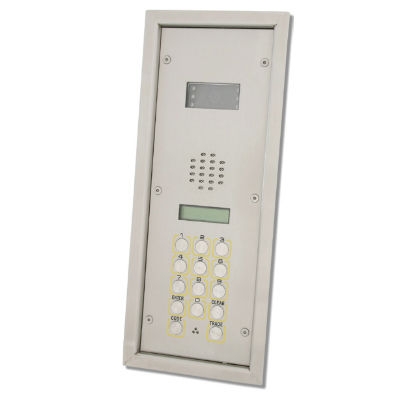
timeware® access supports most intercom types: both stand alone and telephone system based. Stand alone are easier to install but usually only provide one handset at a fixed location with the customer’s building. Telephone based systems allow different members of staff to answer the intercom through the phone system and provide a more flexible solution if the reception is un-manned.
